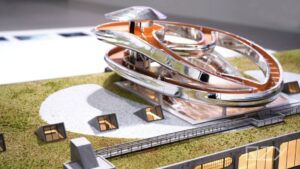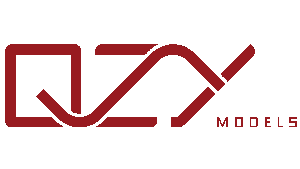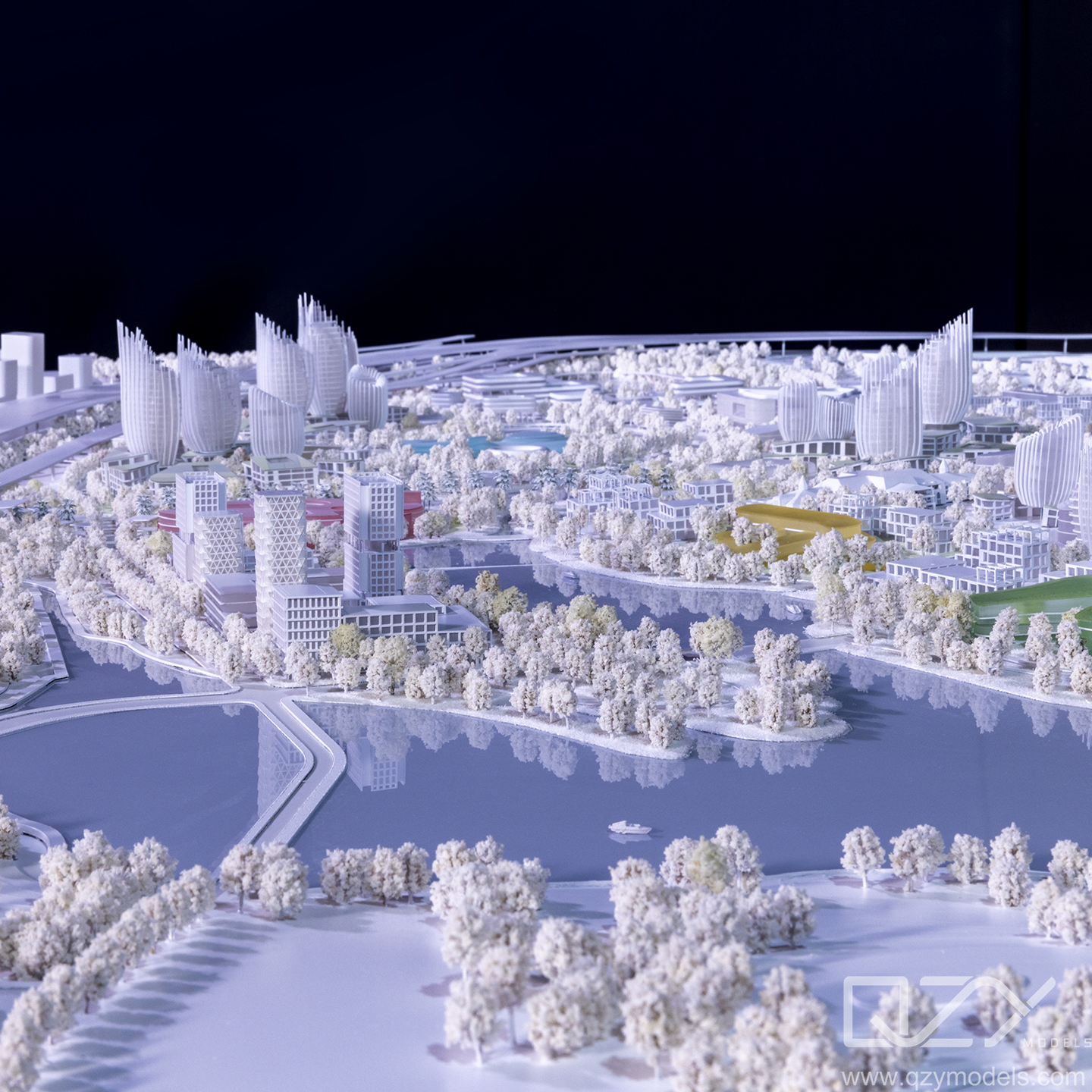Architectural models, in various forms, have long been instrumental in bringing design concepts to life. However, within this realm, tower models stand as a distinctive category, showcasing skyscrapers and tall structures with unique characteristics. In this exploration, we will emphasize the significant differences between tower models and other architectural representations, highlighting their essential role in architectural practice.
I. The Uniqueness of Tower Models
A. Towers and Skyscrapers: A Special Challenge
Architectural models typically encompass a broad range of structures, from houses to commercial complexes. Tower models, on the other hand, are specifically designed to replicate skyscrapers and other tall constructions. Their unique challenge lies in capturing the essence of height and verticality, which sets them apart from conventional architectural models.
B. Focus on Verticality and Complexity
While traditional models often prioritize horizontal layout and structural details, tower models emphasize verticality and complexity. These models delve into the intricate design elements of tall structures, including façade detailing, interior spaces, and exterior features that are crucial for high-rise buildings.

II. Types of Tower Models
Explore the various types of tower models used by designers and architects to convey their creative visions:
A. Conceptual Tower Models:
Conceptual tower models represent early-stage design ideas, focusing on conveying the initial vision for a vertical structure. They are vital in presenting the basic concept to clients and stakeholders.
B. Massing Tower Models:
Massing models emphasize the bulk and form of a tower, focusing on its overall volume and silhouette within its urban context. These models are instrumental in evaluating the visual impact of the skyscraper.
C. Presentation Tower Models:
Presentation tower models are highly detailed and visually appealing. They showcase the final design to clients, investors, or the public. These models are the refined representations of the finished project, capturing every intricate detail of the tower.
III. Techniques and Artistry in Tower Model Making
A. Precision and Scaling for Height
Creating tower models demands unparalleled precision in scaling. Unlike models of smaller structures, where minor discrepancies may go unnoticed, tower models must accurately reflect the proportions of the actual skyscraper. The challenge lies in capturing the grandeur of the building while maintaining meticulous accuracy in every detail.
B. Materials: Reflecting Authenticity
Materials used in tower models are selected with utmost care to mirror the real construction. Choices often include glass, metal, and high-quality plastics to mimic the sheen and transparency of skyscraper exteriors. This focus on authenticity sets tower models apart from other architectural representations.

IV. Iconic Reproductions and Futuristic Concepts
A. Iconic Landmarks: Immortalized in Miniature
While architectural models may encompass various structures, tower models frequently concentrate on recreating iconic landmarks. The objective is to immortalize these famous structures in miniature form, paying homage to their cultural and architectural significance.
B. Futuristic Visions: Pushing Architectural Boundaries
Tower models also explore visionary, futuristic skyscraper designs. This distinctive feature sparks discussions about architectural innovation and the potential of urban development, setting them apart from more conventional architectural models.
V. The Art of Presentation and Display
A. Focus on Vertical Presentation
Presentation plays a pivotal role in distinguishing tower models. Given their verticality, these models are often showcased in taller display cases or settings that emphasize their height and aesthetic appeal.
B. Exhibition Strategies: Enhancing Vertical Impact
When displayed in exhibitions and galleries, tower models employ strategies that maximize their vertical impact. Effective lighting is critical, illuminating these structures and accentuating their intricate vertical details.
VI. Tower Models in Commercial and Urban Development
A. Marketing High-Rise Projects
One of the defining differences lies in how tower models are used for commercial purposes. Architectural firms and property developers often employ these models as potent marketing tools for high-rise projects. They allow potential clients and investors to visualize the impact of a skyscraper on an urban landscape, making them indispensable for securing contracts and investments.
B. Shaping Urban Development
In urban planning, tower models play a vital role in envisioning the future skyline of a city. Their unique focus on tall structures sets them apart as tools for shaping urban development, ensuring that the vertical dimension is given due consideration.

VII. Tower Models as Educational Tools
Beyond their professional use, tower models also serve as valuable educational tools, inspiring and nurturing the creativity of future architects and designers:
A. Hands-On Learning Experience:
Tower models provide students with a hands-on learning experience that complements theoretical knowledge. Aspiring architects can engage with physical models, gaining a deeper understanding of spatial concepts, materiality, and design principles for vertical structures.
B. Problem-Solving and Iterative Thinking:
Model making encourages students to think critically and iteratively. They can explore design iterations, analyze the impact of changes, and develop creative solutions to design challenges.
C. Bridging the Gap between Theory and Practice:
Tower models bridge the gap between theoretical concepts taught in classrooms and real-world applications. They enable students to apply their knowledge and translate abstract ideas into tangible representations of skyscrapers.
D. Inspiration and Motivation:
Interacting with physical tower models of renowned skyscrapers can ignite inspiration and passion in young minds. By exploring iconic structures’ intricacies, students are motivated to dream big and push the boundaries of their creativity, envisioning the vertical cities of the future.
The art of crafting tower models endures as a testament to architectural innovation and design excellence. These intricate three-dimensional representations remain invaluable for conveying complex concepts, fostering innovation, and inspiring the architects and urban planners of tomorrow. As technology continues to advance, the harmonious fusion of traditional craftsmanship with cutting-edge digital tools will further amplify the significance of tower models in shaping our cityscapes and nurturing the creative spirits of the future architectural visionaries. With every model meticulously crafted, a piece of our architectural dreams takes tangible form, continuing to shape and redefine the skyline of our built environments.

Discovering the World Through Miniatures – About Us
QZY Models, founded in 2013 in Shenzhen, China, is a leading professional team specializing in the design and production of customized physical models. Rooted in the architecture industry, QZY Models caters to diverse model production needs, ranging from furniture, interior design, architectural landscape, to urban planning. Moreover, we are continuously exploring various fields, including dynamic mechanical models, industrial equipment displays, scientific and technological principle displays, and exhibition displays, to create a diverse model service ecosystem.
Since commencing our independent business in 2013 and establishing our base in Shenzhen, ensuring quality has always remained our top priority. We have forged strong collaborations with renowned companies in over ten countries, such as the United Kingdom, the United States, Canada, and Singapore. Our completed projects span across China, the United Arab Emirates, Saudi Arabia, Egypt, Poland, Morocco, Ethiopia, and other countries. Presently, QZY Models has established branches or offices in Egypt, Morocco, Saudi Arabia, Lebanon, Italy, the Netherlands, and other locations, firmly committed to serving global customers.
For more information, please visit our official website: www.qzymodels.com
 QZY Models | FENIX Museum of Migration Project Name: FENIX Museum of Immigration, RotterdamClient: MAD…
QZY Models | FENIX Museum of Migration Project Name: FENIX Museum of Immigration, RotterdamClient: MAD…
 Recreating the Past: The Art and Purpose of Crafting Physical Models for Ancient Architecture In…
Recreating the Past: The Art and Purpose of Crafting Physical Models for Ancient Architecture In…
 Navigating the Craft of Building Construction Models Navigating the Craft of Building Construction Models: A…
Navigating the Craft of Building Construction Models Navigating the Craft of Building Construction Models: A…
 Unveiling Creativity: The Artistry of Conceptual Physical Models Embark on a nuanced exploration into the…
Unveiling Creativity: The Artistry of Conceptual Physical Models Embark on a nuanced exploration into the…







